America’s landscape has transformed dramatically over the centuries, with some towns evolving in ways that would leave visitors from the past utterly baffled. From abandoned mining communities to cities that have completely reinvented themselves, these locations tell fascinating stories of change, innovation, and occasionally bizarre twists of fate.
Here is a list of 20 U.S. towns and cities that would thoroughly confuse any time traveler who remembered them from their past incarnations.
Times Square, New York City, New York

Once known as Longacre Square and filled with horse stables in the late 1800s, this area transformed into the bright, advertisement-filled hub we know today. The modern digital billboards, massive crowds, and commercial activity would be absolutely incomprehensible to someone who visited in 1900.
A time traveler would be shocked to find their former quiet meeting spot now bathed in the glow of countless screens and LED lights.
Silicon Valley, California

This region was once covered in orchards and known as the ‘Valley of Heart’s Delight’ for its fruit production until the mid-20th century. Today’s landscape of tech campuses, startups, and venture capital firms would bewilder anyone from the 1940s.
A visitor from that era would struggle to comprehend how the endless rows of prune and apricot trees were replaced by the headquarters of companies that have fundamentally changed how humans communicate.
Like Travel Pug’s content? Follow us on MSN.
Detroit, Michigan

A visitor from 1950s Detroit would be stunned by the transformation of what was once America’s fourth-largest city and manufacturing powerhouse. The abandoned factories, empty lots, and significantly smaller population would seem like an apocalyptic future to someone who knew the city during its automotive heyday.
Recent revitalization efforts in downtown and midtown would add another layer of confusion to a time traveler trying to reconcile their memories with today’s reality.
Las Vegas, Nevada

A time traveler from 1905 would find the original small desert railroad town unrecognizable amid today’s sprawling neon metropolis. From modest beginnings with a population of just a few dozen people, it has exploded into an entertainment capital with massive resort complexes and a metro area of over 2 million residents.
The transformation from dusty outpost to global tourism destination happened at a pace that would disorient anyone from its early days.
Celebration, Florida
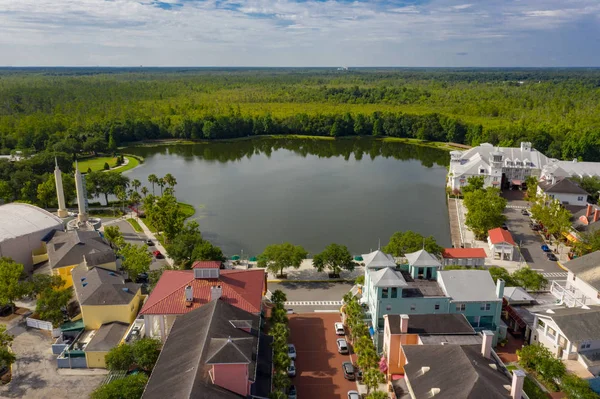
This planned community near Orlando would thoroughly confuse a time traveler from the 1960s who would remember only undeveloped swampland and orange groves. Built by the Walt Disney Company in the 1990s, the town’s perfect streets and carefully curated nostalgic Americana-style aesthetic create an uncanny fusion of old-fashioned design with modern amenities.
Its very existence represents a corporate vision of small-town life that would seem like a strange alternate reality.
Like Travel Pug’s content? Follow us on MSN.
Centralia, Pennsylvania
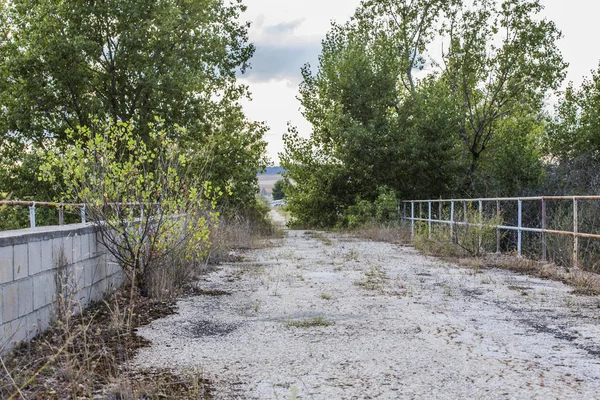
A time traveler from the 1960s would be shocked to find this once-thriving coal mining town nearly abandoned. An underground mine fire that began in 1962 continues to burn beneath the town to this day, forcing most residents to relocate.
The cracked, steaming streets and vacant blocks where neighborhoods once stood create an eerie landscape that would seem like a nightmare to former residents.
Galveston, Texas
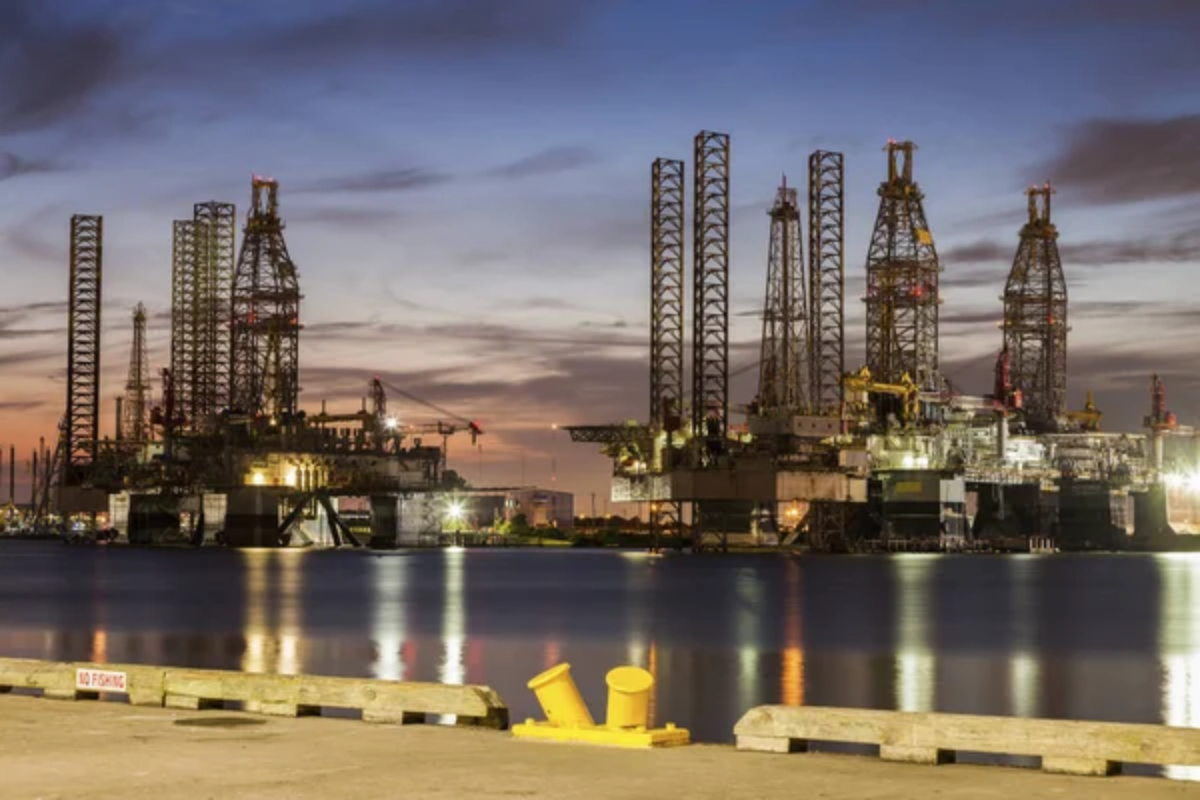
Anyone who visited before September 8, 1900, would be astonished by the massive seawall and raised elevation of buildings throughout the city. The devastating hurricane that killed thousands forever changed the island’s geography and architecture.
The entire city was raised by up to 17 feet in some areas using an enormous engineering feat that would confound visitors from the pre-disaster era.
Youngstown, Ohio
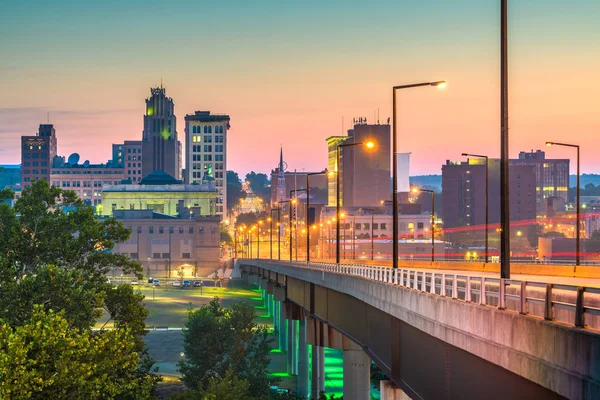
A visitor from the 1950s would barely recognize this former steel manufacturing powerhouse. The collapse of the steel industry left behind a dramatically smaller population and a transformed economy focused on healthcare, education, and technology.
Empty factories and abandoned neighborhoods would seem almost post-apocalyptic to someone who knew the city during its industrial prime.
Like Travel Pug’s content? Follow us on MSN.
Phoenix, Arizona
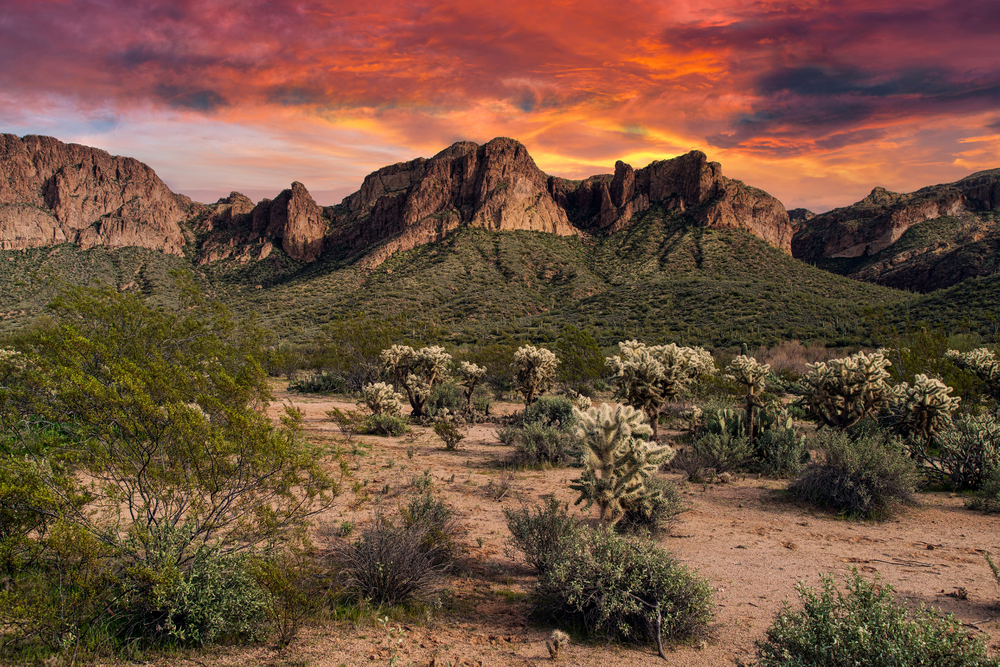
A time traveler from just a century ago would be bewildered by the transformation from a modest agricultural settlement of 29,000 into the fifth-largest city in America. The endless suburban sprawl, massive highway system, and modern skyscrapers rising from what was once an empty desert would appear as an impossible mirage.
The artificial lakes and green golf courses in this arid landscape would seem particularly incomprehensible.
Pullman, Chicago, Illinois

Once a completely separate company town owned entirely by the Pullman Palace Car Company, this neighborhood would mystify a visitor from the 1880s. The transition from an industrial village with strict company control over residents’ lives to a historic district within Chicago represents a profound shift in American labor relations and urban development.
A time traveler would struggle to understand how their highly regulated community became absorbed into the larger city.
Seaside, Florida
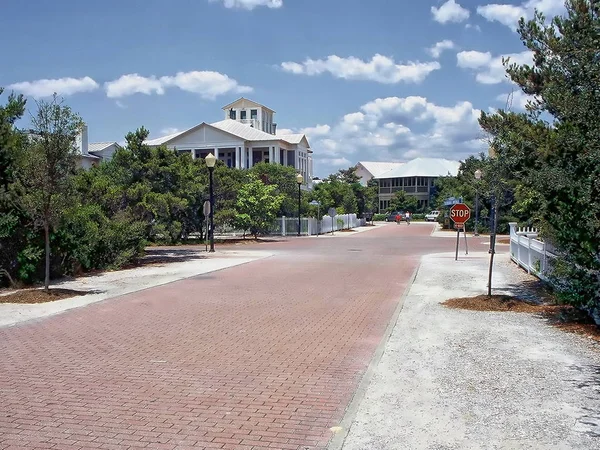
A time traveler from the 1970s would find the empty beach property transformed into a meticulously planned community that launched the New Urbanism movement. The pastel-colored cottages, narrow streets, and walkable town center represent a deliberate rejection of typical American suburban development.
It’s carefully constructed nostalgic atmosphere would feel like an alternate version of history to someone from the past.
Like Travel Pug’s content? Follow us on MSN.
Lowell, Massachusetts
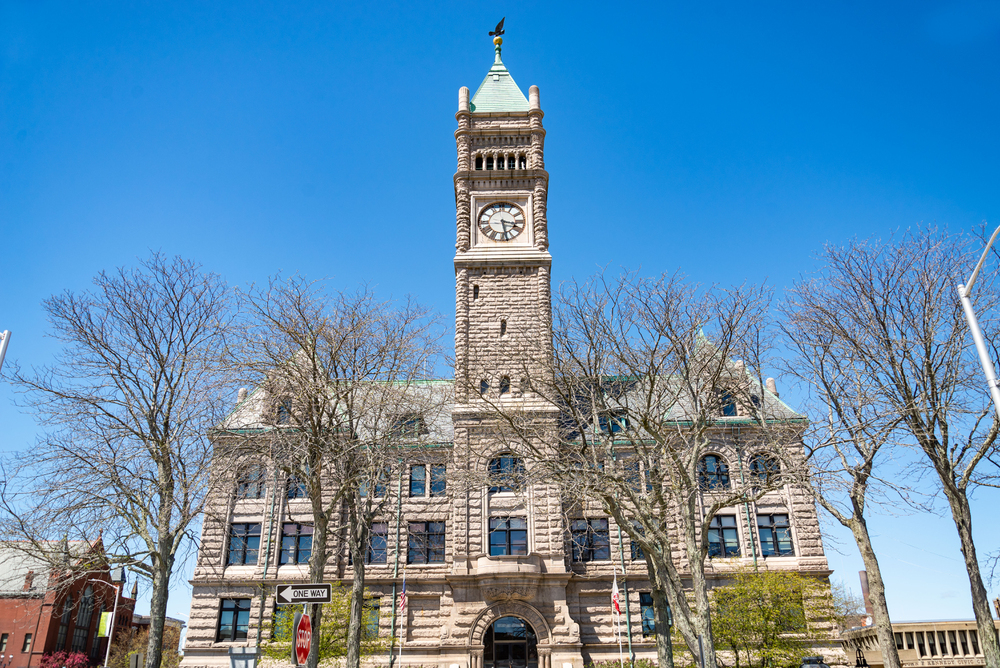
Once America’s largest industrial complex, the massive textile mills that drove the Industrial Revolution now house museums, apartments, and offices. A factory worker from the 1850s would be bewildered to see tourists wandering through their former workplace or people living in luxury condos inside the manufacturing buildings.
The preservation and repurposing of industrial architecture would represent a future they could never have imagined.
Love Canal, Niagara Falls, New York

Anyone who lived in this neighborhood before the late 1970s would be shocked to find their former community largely evacuated and condemned. The discovery that the area was built atop 21,000 tons of toxic chemical waste led to one of America’s most infamous environmental disasters.
The fenced-off sections and remediated areas would tell a cautionary tale that would horrify residents from earlier decades.
Palm Springs, California

A visitor from the 1920s would barely recognize this desert oasis that transformed from a health resort into a playground for Hollywood stars and later into a haven for midcentury modern architecture. The contrast between the natural desert landscape they remembered and today’s golf courses, swimming pools, and distinctive angular buildings would seem like a strange dream.
The city’s reinvention over the decades would confuse anyone who knew it in its earlier incarnations.
Like Travel Pug’s content? Follow us on MSN.
Gary, Indiana
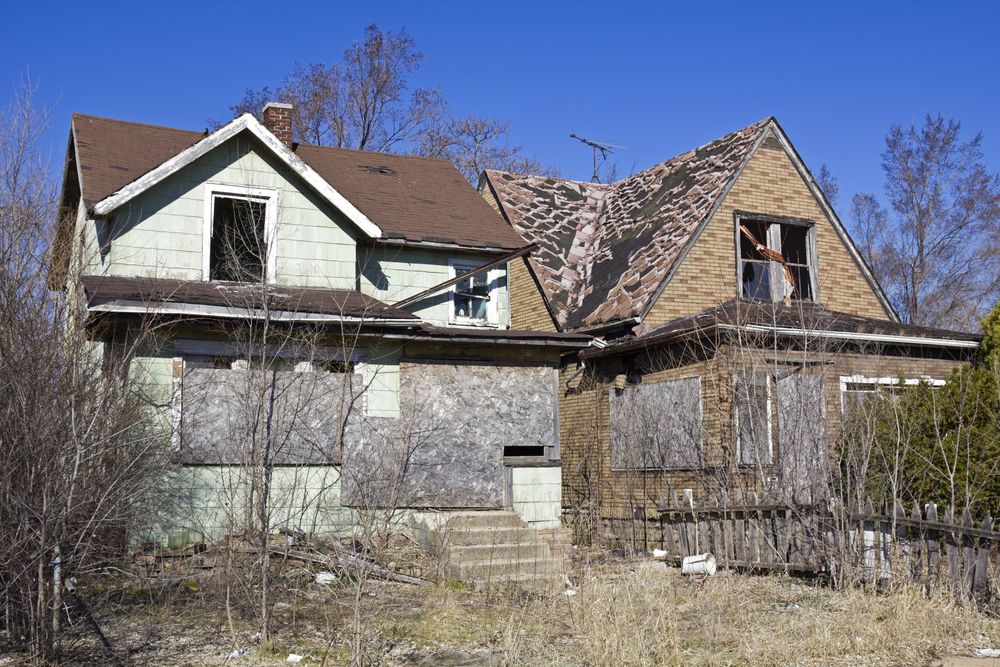
A time traveler from the 1920s would be heartbroken to see this once-booming steel town’s dramatic decline. Founded in 1906 by U.S. Steel, Gary was once a symbol of industrial might and urban planning.
Today’s abandoned buildings, reduced population, and economic struggles would seem impossible to someone who knew the city during its prosperous heyday when it was nicknamed the ‘City of the Century.’
Picher, Oklahoma
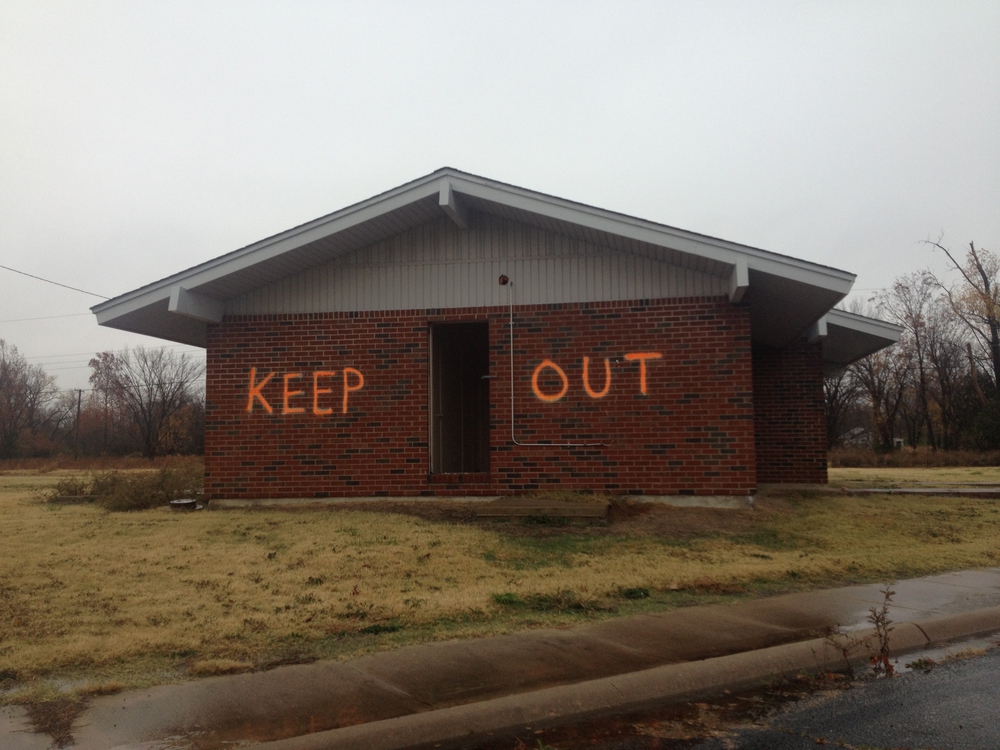
Once a thriving mining community, Picher is now a ghost town that would shock anyone from its boom years. The environmental damage from lead and zinc mining was so severe that the government eventually bought out residents and encouraged evacuation.
The giant piles of mining waste called ‘chat,’ contaminated water, and nearly complete abandonment would horrify a time traveler who remembered the busy streets of this once-productive town.
Levittown, New York
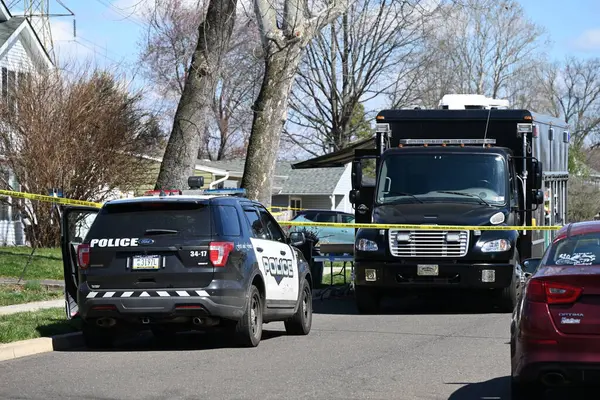
A visitor from 1945 would be astonished to see potato fields transformed into America’s first mass-produced suburb. The rows of nearly identical houses represented a revolutionary approach to housing development that changed how Americans lived after World War II.
The modifications and personalizations made to these once-identical homes over the decades would create another layer of confusion for someone expecting either farmland or perfect cookie-cutter uniformity.
Like Travel Pug’s content? Follow us on MSN.
New Orleans’ Lower Ninth Ward, Louisiana

A resident from before 2005 would be heartbroken by the changes brought by Hurricane Katrina. While some rebuilding has occurred, the neighborhood’s population remains far below pre-storm levels.
The emergence of unusual architecture like elevated homes and experimental sustainable buildings alongside vacant lots creates a disjointed landscape that would confuse anyone who knew the close-knit community before the disaster.
Cahokia Mounds, Illinois
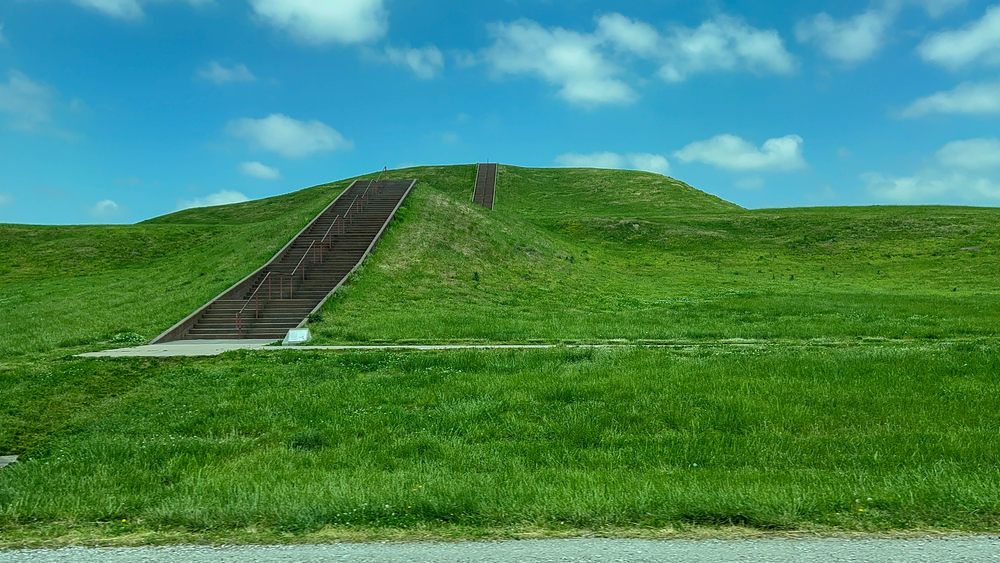
A Native American from the 13th century would be bewildered to find their massive city, once larger than London at the time, reduced to earthen mounds in a state historic site. The metropolitan area that supported up to 20,000 people was the largest pre-Columbian settlement north of Mexico.
The complete disappearance of this sophisticated urban center, with only the mounds remaining as silent witnesses to its former grandeur, represents one of America’s most profound transformations.
Kennecott, Alaska

A copper miner from 1938 would be stunned to find their remote industrial community transformed into a ghost town and National Historic Landmark. The abrupt abandonment when the copper ore ran out left buildings standing as if frozen in time, creating an eerie time capsule in the wilderness.
The transition from bustling company town to tourist destination deep within Wrangell-St. Elias National Park would seem like a strange afterlife to former residents.
Like Travel Pug’s content? Follow us on MSN.
The Changing American Landscape
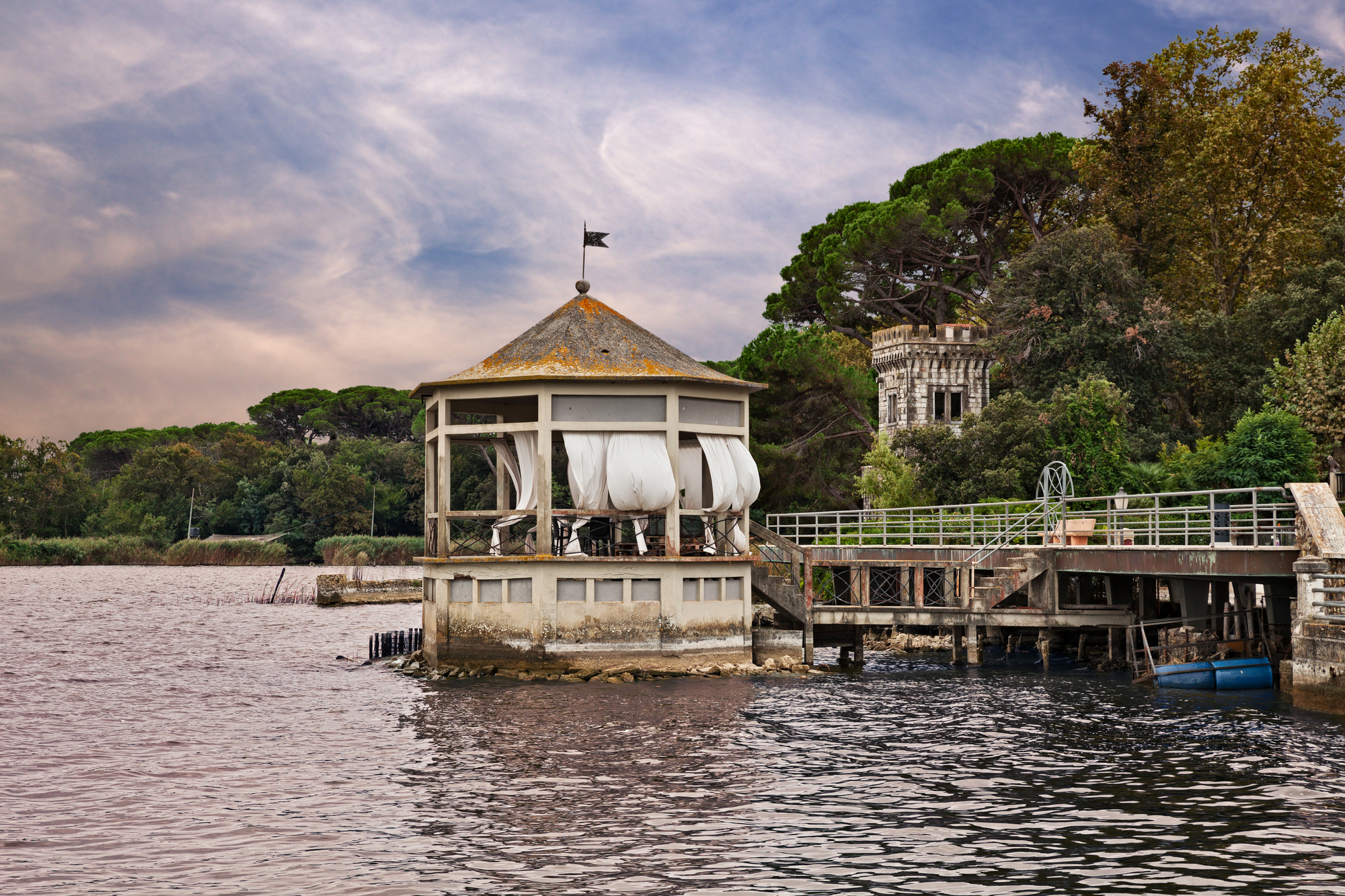
These towns and cities illustrate America’s remarkable capacity for transformation, abandonment, and reinvention. Each location tells a unique story about changing economics, environmental challenges, technological innovation, or natural disasters.
For time travelers and modern visitors alike, these places offer powerful reminders that our communities are always evolving, sometimes in ways that would make them unrecognizable to those who knew them just a generation or two ago.
More from Travel Pug

- Cities Growing so Fast You Won’t Recognize Them in 10 Years
- 13 Destinations Where Tourists Regularly Regret Their Trip
- 16 U.S. Cities That Are Quietly Becoming Travel Hotspots
- Where to Travel If You Love Long Bus Rides and Daydreams
- 20 Cities Perfect for Solo Travelers Who Crave Adventure & Culture
Like Travel Pug’s content? Follow us on MSN.
